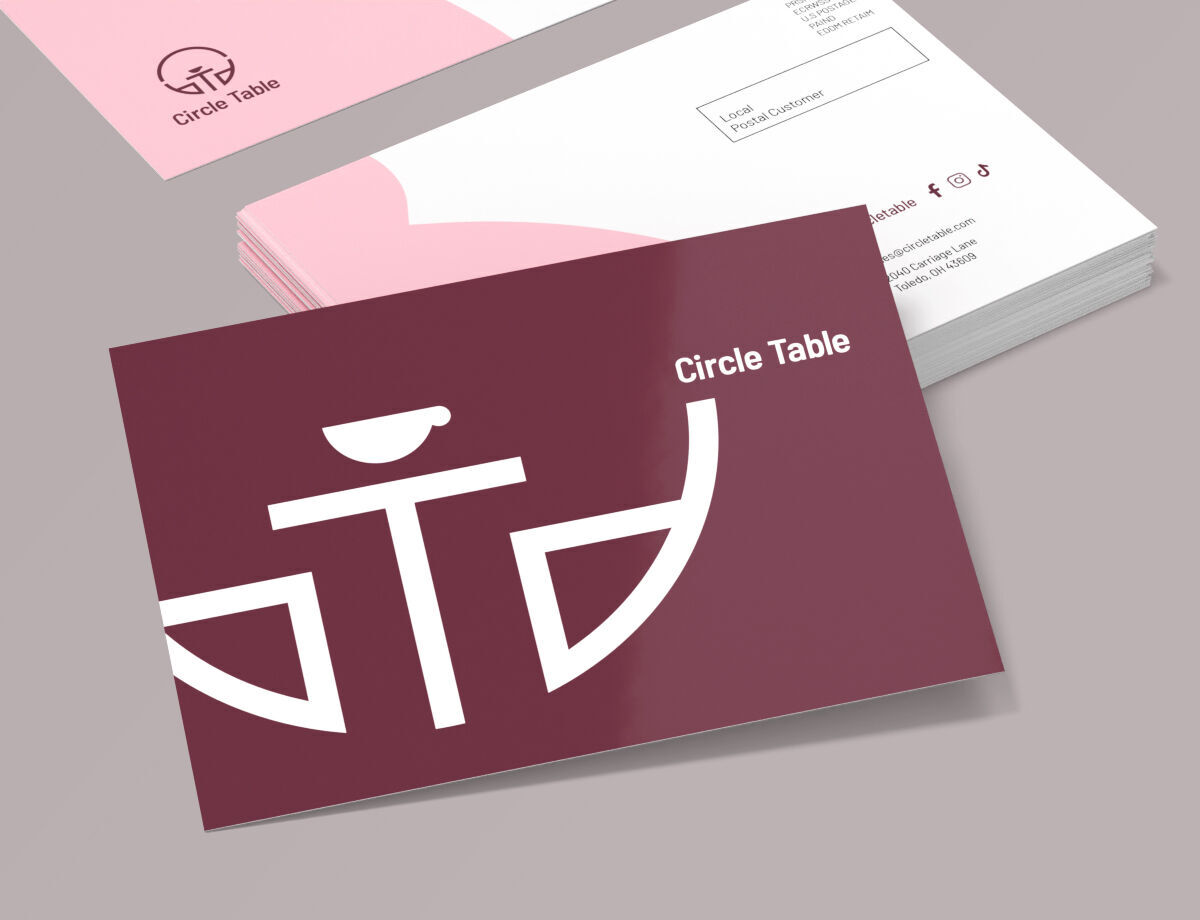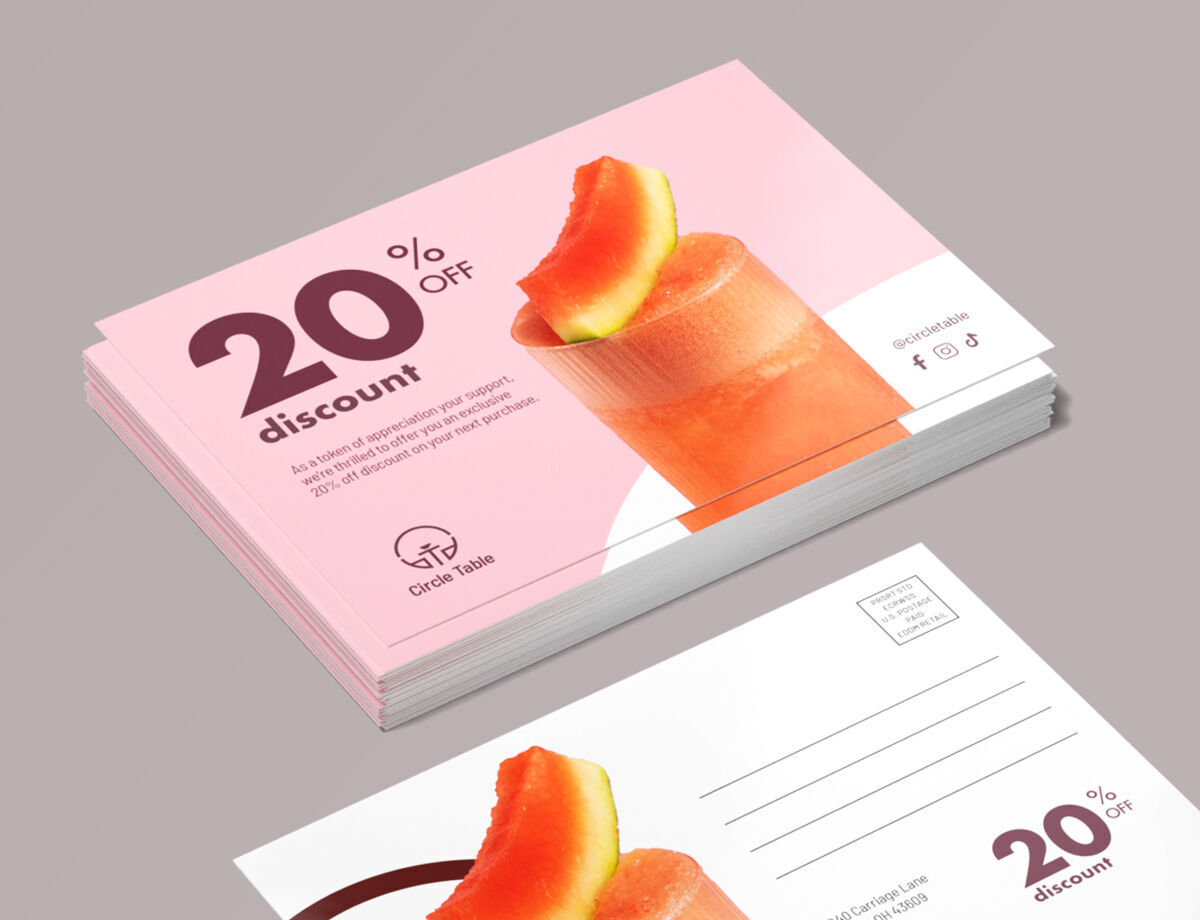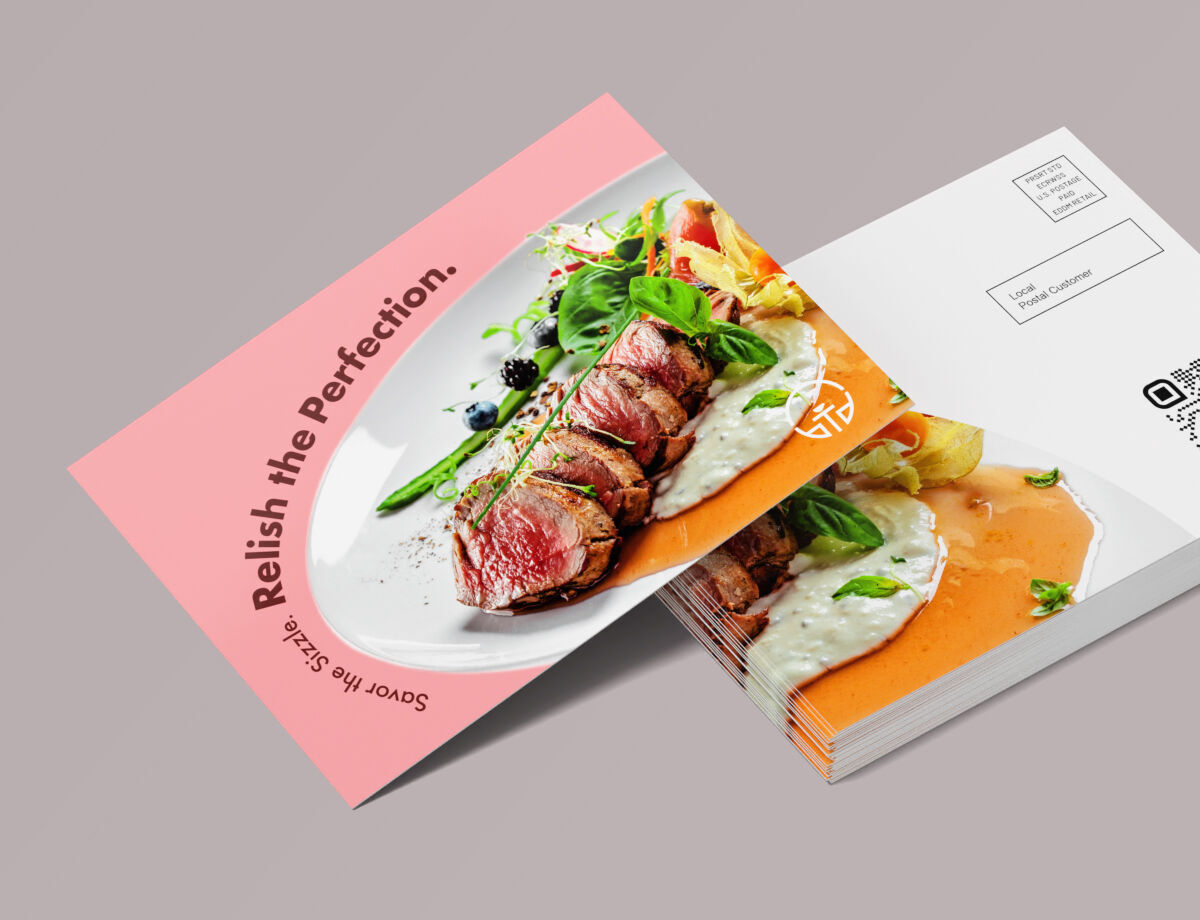Postcard Playbook: How Often Should You Send Postcards to Win Customers?

Using postcards to directly connect with your audience for promotions is a tried-and-tested method that yields good results. Still, you should know that repetition is key to this strategy's success. Seeing your brand more than once keeps your brand top-of-mind, while frequently sending postcards with personalized messages helps build trust with your clients. But this raises an important question: How many postcards should you send, and how often?
In this guide, we'll discuss how to promote your business and maintain brand awareness among your customers by sending them creative postcards promptly and frequently.
Different Postcard Quantity by Campaigns
1. Distributing Postcards for Brand Awareness

- Strategy: A smart approach for brand awareness is using real estate farming. This means repeatedly mailing postcards to the same neighborhood over time. It works best to target areas near your store or business location.
- Quantity: Aim to print and send between 2,500 to 5,000 postcards every month. Keep mailing to the same area consistently for 6 to 12 months. You can use targeted direct mail for specific addresses or Every Door Direct Mail (EDDM) to cover an entire route.
- Key Points: Repetition and visibility are essential. Your brand will stay at the top of many people's minds if your postcards regularly appear in their mailboxes. Creative postcards with complete information will also help when they need your products or services.
- Goal: The main goal is not growing sales but building recognition. You want people in the area to become familiar with and trust your brand over time.
2. Postcards for Timed Events and Offers

- Strategy: If you want to promote a product launch, seasonal sale, or limited-time event, send postcards in a 3-phase mailing plan. This approach lets you promote repeatedly, builds customer excitement in stages, and keeps your audience informed.
- Quantity: Print 1,000 to 2,000 postcards for each phase, totaling 3,000 to 6,000 postcards for the whole campaign. Each postcard design should be different in details and visuals, matching the 3 phases.
- Key Points (Phases):
- Phase 1 (Teaser): To create early interest, send postcards a few months before the event. You can use EDDM or a targeted list to get the word out. Since it's a teaser, you can design your postcards to be more collectible, focusing on aesthetics and visuals over information.
- Phase 2 (Reminder): Mail postcards with all the essential details about two weeks before the event. Include the venues, participating stores, and other relevant information that customers need to know to participate. These postcards help create urgency.
- Phase 3 (Kickoff): Send a final batch three days before the event to boost last-minute excitement. If it's a sale, you can include a special promo code or an exclusive offer.
- Goal: This 3-phase strategy keeps your audience engaged before your event. It also helps you measure which timing works best to improve future campaigns.
3. Postcard Campaigns for Lead Generation

- Strategy: Build a focused postcard campaign strategy for quality leads or niche markets. Tailor your message and design to match their interests and needs.
- Quantity: Print and send 500 to 1,500 postcards per batch for each client or lead list. Over a 90 to 180-day period, send 3 to 5 postcards to the same group.
- Key Points: Use a variety of postcard designs to see which ones perform best. While the offers or visuals can change, keep your message and branding consistent. You can also include special perks or deals to encourage responses.
- Goal: Turn warm leads into actual customers by staying visible, delivering value, and making your message feel personal and relevant.
Tips and Practices for Frequent Postcard Sending
- Switch Up Your Design and Size:
Keep your postcards interesting by changing each batch's design, message, and size. Use larger formats to make your postcards stand out in the mailbox. Include bold images, fresh layouts, and powerful calls to action to stand out. The creative designs and variety help prevent postcard fatigue and let you see which styles and formats work best with your target audience. - Stay Consistent Without Overdoing It:
It's important to send postcards regularly, but you don't want to flood the mailboxes. A good pace is to send once every 2 to 4 weeks. This keeps your brand visible without becoming annoying. Focus on long-term relationships instead of short-term results. Add small touches like customized greetings or relevant offers to make each postcard feel intentional and personal. - Track and Measure Every Mailing:
Tracking your postcard results helps you make smarter decisions for future promotions. Use tools like QR codes and custom links to see which campaigns work. Measure the response based on design, message, and timing. Keep a record of who responds and use that data to follow up with more offers. Knowing what works best helps you save money and get better results.
Building brand awareness, promoting a special event, or gaining new leads. You can reach these goals by consistently distributing postcards to your customers' homes. Keep your audience in mind and maintain a professional approach by planning and changing your postcard designs and personalizing your messages. Count on NextDayFlyers for fast, top-quality postcard printing and efficient mailing solutions to help you hit your marketing goals.
Related Articles
What Are USPS Postcard Mailing Requirements for 2025?
What is the difference between matte and glossy postcards?
Which Postcard Size Gets the Most Attention in the Mail?
How to Advertise Using Postcard Prints
How Postcards Shaped Travel Marketing (And Why They Still Matter Today)
A Guide on Standard Postcard Sizes and Dimensions
How to Address a Postcard
10 Tips for Effective Postcard Campaigns
A No Nonsense Guide to Pulling Off a Postcard Marketing Campaign
Your Quick Guide to Effective Postcard Marketing in 2023
From Delivery to Conversion: 8 Postcard Campaign Metrics That Drive Results

